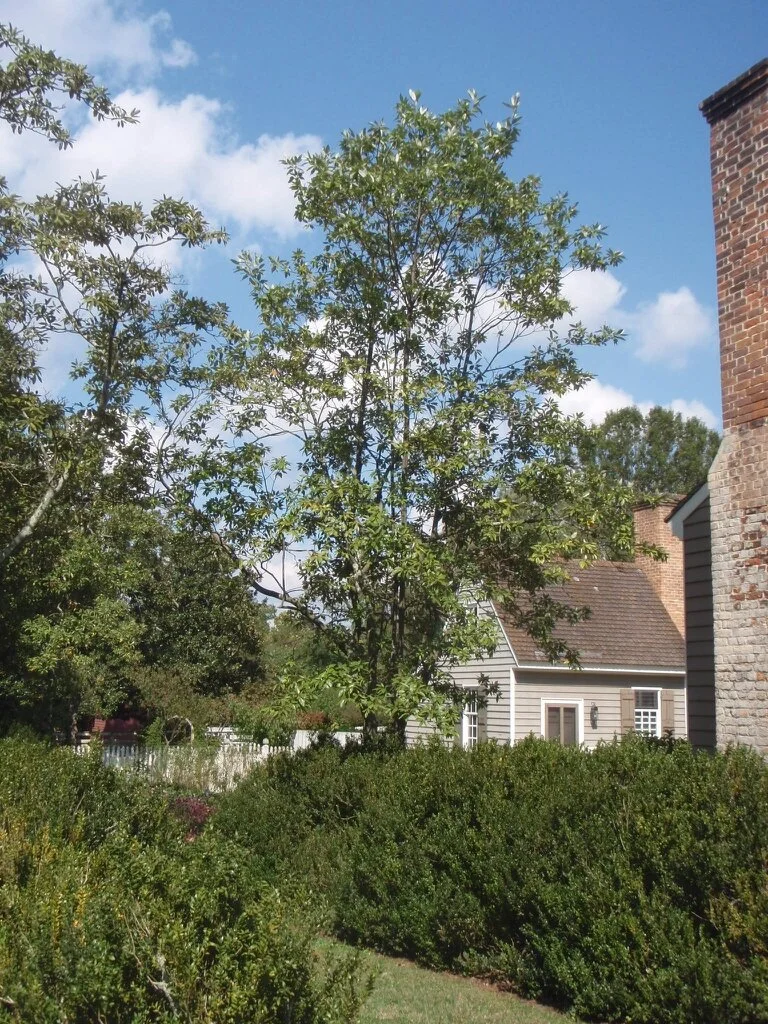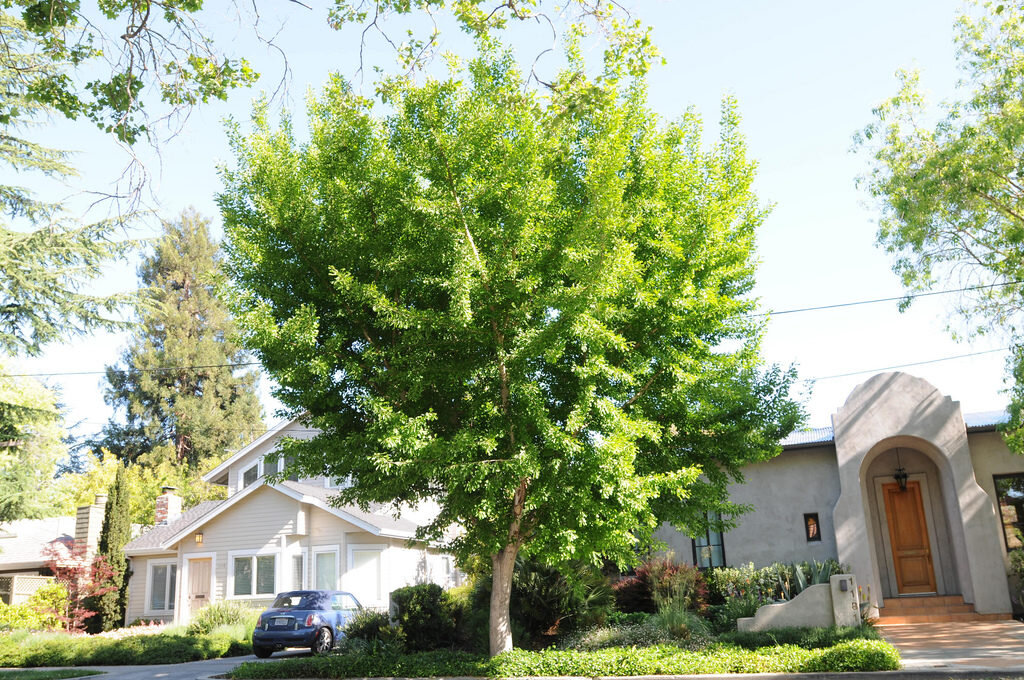American Sweetgum











American Sweetgum
LARGE CANOPY TREE; NATIVE; AMAZING FALL COLOR; FOOD FOR WILDLIFE
Species: Liquidambar styraciflua
Plant Size, Type & Delivery Height: 1.5” diameter trunk ; Greater than 6 Feet Tall; Balled & Burlap
Mature Height: 40-75
Mature Spread: 30-40
Growth Rate: Medium to Fast 12”-24”/year
Sunlight: Full Sun
Drought & Heat Tolerant: Not particularly
Description: The American Sweetgum tree is a solid choice for Nashville’s yard. It is a tree that very much belongs in Middle Tennessee and usually has a compact form and shape to its canopy. This tree is an excellent choice for a sunny corner of the yard that needs a little something growing. This tree’s shape and colors make it very appealing. The leaves of the tree are distinctly star-shaped and are dark green and glossy. This tree is especially known for its brilliant red colors in the fall. This variety of sweetgum tree is a true American Sweetgum variety, and so it will produce the round fruit pods that are a little pokey but a favorite food source of many tree dwelling animals.
Growing Considerations: The sweetgum tree prefers more moist than dry soils, but can withstand moderate drought conditions. This tree can withstand a wide variety of soils types, but prefers loamy soil types. If you have an area of your yard with a lot of leaf compost built up over the years, or perhaps you have a dark rich area your yard that is sunny, this tree will love it there!
This sweetgum tree variety is a true American Sweetgum tree variety, and so that means it will produce the round fruit pods. We wouldn’t describe the pods as spikey, and definitely not thorny, but they can be a nuisance when the tree matures. Be mindful to not plant the tree in an area that will receive a large amount of foot traffic as the pods could become hazards.
The roots of the sweetgum grow especially shallow, so be sure to give the tree plenty of space from sidewalks and asphalt.
The sweetgum is also a tree that can withstand the black walnut’s toxicity, and so where other trees would struggle around black walnuts, the sweetgum will do just fine.
Mono-culture Risk: None
Invasive Risk: None










